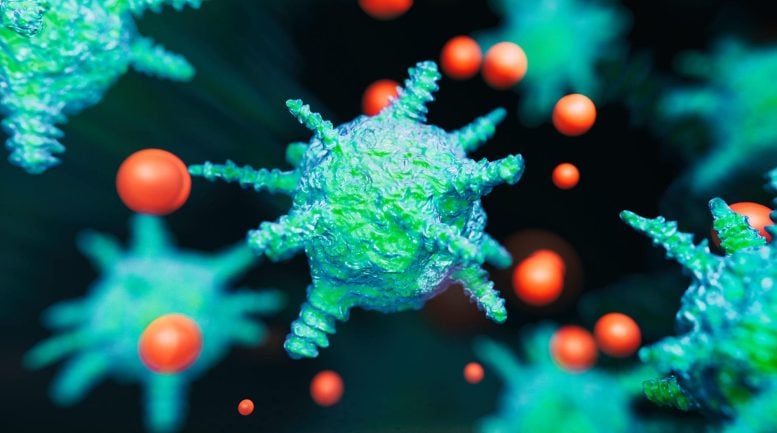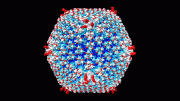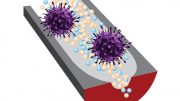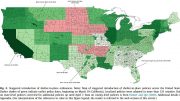
After U.S. stay-at-home orders during the COVID-19 pandemic, gastrointestinal viruses like norovirus and adenovirus nearly vanished from California for almost 2 years, only to surge back in late 2022. The research suggests this resurgence is due to reduced community immunity from the lack of virus exposure during the pandemic.
After the initial U.S. stay-at-home directives to counteract the spread of COVID-19, gastrointestinal viruses like norovirus, rotavirus,, and adenovirus virtually vanished from Californian communities, maintaining a minimal presence for close to two years. The research is published in the Journal of Clinical Microbiology, a journal of the American Society for Microbiology.
Interestingly, these viruses surged back to pre-pandemic levels in late 2022, said Niaz Banaei, M.D., professor of Pathology and Medicine (Infectious Diseases), Stanford University, and Medical Director of Clinical Microbiology Laboratory, Stanford Health Care. “Adenovirus F40/41, the adenovirus strains most frequently associated with gastroenteritis, actually jumped to levels two-fold higher than pre-pandemic levels.”
Banaei suspects that the surge in viral infections was enabled by the waning of collective community immunity from lack of exposure during the pandemic. “Something similar has been described for the surge in respiratory syncytial virus infections in 2022,” he said.
To identify changes in the prevalence of gastrointestinal pathogens, the investigators compared detection rates for community-acquired gastrointestinal pathogens before, during, and after California’s COVID-related shelter-in-place. To that end, they used a polymerase chain reaction (PCR) panel test called the BioFire FilmArray GI panel, which tests for 22 of the most common pathogens that cause diarrhea and analyzed about 18,000 tests that were taken from January 2018 to December 2022.
The motivation for the research was the change in the rate of positives for certain pathogens during the COVID-19 pandemic, said Banaei. “It immediately became clear that the pandemic lockdown and shelter-in-place had created a natural experiment to investigate the transmission dynamics of pathogens causing gastroenteritis.”
The research offers a unique window into the biology of gastrointestinal pathogens, raising some new research questions, said Banaei. “Why did some disappear while others persisted unaffected during lockdown? Why are some now surging to levels we haven’t seen before?” Improved understanding of these phenomena could lead to ways to interrupt pathogens’ spread, particularly in low- to middle-income countries where gastroenteritis remains a major cause of illness and death, especially among children. “It may also help us prepare for future unforeseen pandemics.”
Reference: “Postpandemic Effects of COVID-19 Shelter-in-Place Orders on the Gastrointestinal Pathogen Landscape” by Philip L. Bulterys, Nicole Y. Leung, Atif Saleem, Indre Budvytiene, Benjamin A. Pinsky and Niaz Banaei, 19 July 2023, Journal of Clinical Microbiology.
DOI: 10.1128/jcm.00385-23









Be the first to comment on "Pandemic Puzzles: Gastrointestinal Viruses’ Sudden Silence and Resurgence"